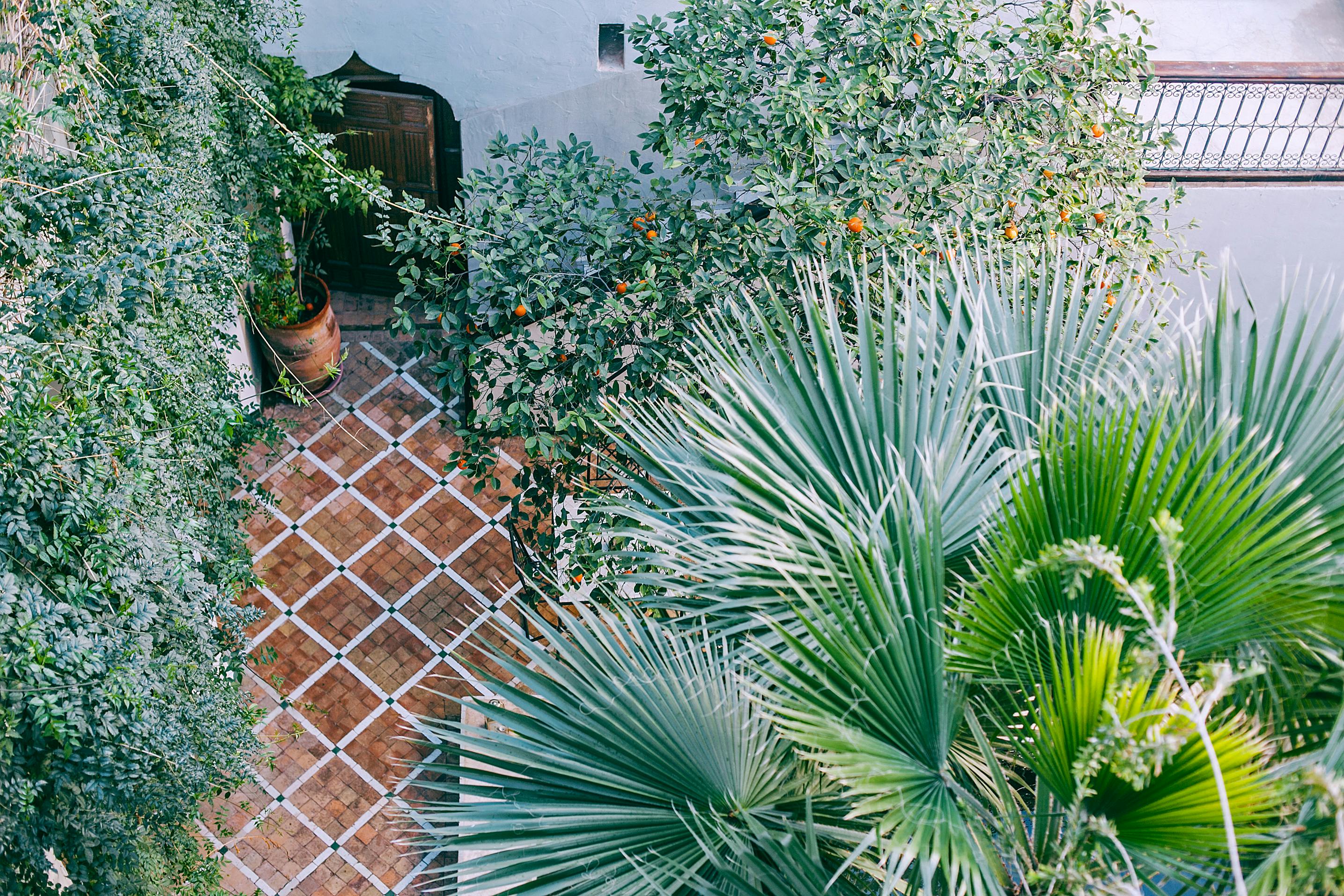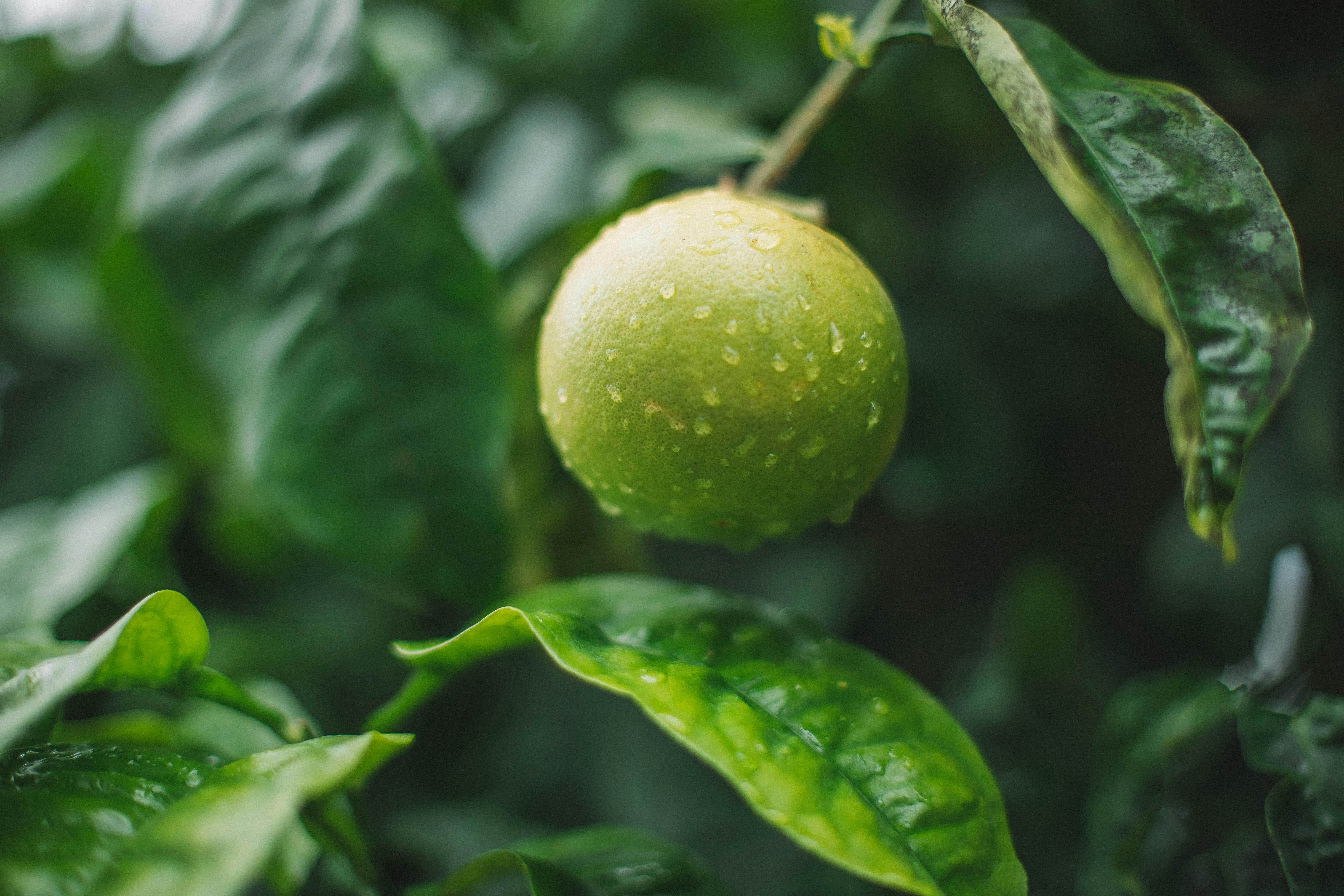A lime tree can be a great addition to a backyard garden, providing fresh limes for use in cooking and other culinary creations. But how long does it take for a lime tree to bear fruit? The answer depends largely on the type of lime tree, its growing conditions, and the climate in which it is planted. This article will provide an overview of how long it takes for a lime tree to bear fruit and tips on how to care for your lime tree so that it will produce fruit as quickly as possible.It typically takes 3 to 4 years for a lime tree to begin bearing fruit.
Time to Bear Fruit
The time for a lime tree to bear fruit can vary significantly depending on a number of factors. These factors include the age of the tree, the fertilization method used, the tree’s health, and climate conditions. As such, understanding each of these factors is essential for growers to know when a lime tree will bear fruit.
Age
Age plays an important role in determining when a lime tree will bear fruit. Generally, it takes around 3-4 years for a newly planted lime tree to start bearing fruits. However, this time may lengthen depending on the health and conditions of the soil and environment. Additionally, some varieties are faster growing than others and may bear fruit sooner.
Fertilization
The type of fertilization used can also affect how quickly a lime tree will bear fruit. Fertilizers containing nitrogen are essential for healthy growth and should be applied regularly throughout the season to ensure balanced growth. Applying too much or too little fertilizer can delay fruiting or prevent it altogether.
Health
The overall health condition of the lime tree is also an important factor in determining when it will bear fruit. A healthy lime tree should have plenty of leaves and should be regularly watered and pruned to ensure optimal growth conditions. If there are signs of disease or pests present on the tree, appropriate measures should be taken immediately to avoid further damage.
Climate Conditions
Finally, climate conditions such as temperature and rainfall also affect when a lime tree will bear fruit. In areas with warm temperatures year-round, limes usually mature quicker than those in cooler climates. Rainfall is also an important factor as too little or too much water can lead to stunted or delayed growth respectively.
In conclusion, there are several factors that can affect how long it takes for a lime tree to bear fruit. Knowing each factor is important for growers so they can take appropriate measures to ensure their trees are healthy and productive.
Temperature Requirements for Lime Trees
Lime trees are tropical plants that require warm temperatures in order to thrive. They prefer temperatures between 65 and 85 degrees Fahrenheit during the day, and slightly cooler temperatures at night. If the temperature drops below 40 degrees Fahrenheit, the tree can suffer damage or even die. In areas where temperatures regularly drop below this, it is important to provide protection from frost or cold weather in order to keep your lime tree alive and healthy. When temperatures reach 90 degrees Fahrenheit or higher, it is important to provide shade for your lime tree to prevent heat stress. In areas with extreme heat, it may be necessary to move your lime tree indoors or into an area with more protection from the sun.
In general, lime trees require consistent temperature levels in order to remain healthy and productive. If temperatures fluctuate too much, it can cause stress on the tree which can lead to poor growth and fruiting. It is important to monitor temperature levels when growing a lime tree in order to ensure optimal health and productivity.
Soil Requirements for Growing Lime Trees
Lime trees require well-drained soil that is slightly acidic, with a pH range of approximately 6.0 to 6.5. The soil should also be high in organic matter, such as compost or peat moss, to ensure good drainage and an adequate nutrient supply for the tree. It is important to note that lime trees do not tolerate wet or soggy soil, and may develop root rot if left in standing water for too long. Soil should be amended with plenty of organic matter prior to planting to ensure the proper drainage and nutrient levels needed by the tree. Additionally, adding a layer of mulch around the base of the tree can help retain moisture and keep weeds from competing with the tree for water and nutrients.
It is important to fertilize lime trees regularly with a balanced fertilizer such as 10-10-10 or 8-8-8. Applying fertilizer at least twice per year (spring and late summer) is recommended. When applying fertilizer, it should be spread evenly over the entire root zone area of the tree and then watered in well. Additionally, supplemental applications of nitrogen can help promote healthy foliage growth during periods of active growth.
Availability of Sunlight For Growing Lime Trees
Lime trees are often grown in outdoor gardens and indoors. It is important to understand the amount of sunlight needed for the optimal growth of lime trees. Lime trees need at least six hours of direct sunlight per day to stay healthy and grow efficiently. Without enough sunlight, the foliage of the tree can become pale and the fruit will not develop fully. The ideal amount of light for a lime tree is eight hours a day, with a few hours of indirect light during midday when the sun is at its hottest. During periods of high heat, it is also important to provide shade for the lime tree as too much direct sunlight can damage its leaves.
Lime trees can also be grown indoors if there is enough natural light coming in from windows or other sources. Artificial lighting may be necessary if there isn’t enough sunlight available in the home. A combination of both natural and artificial light should be sufficient for growing lime trees indoors. In addition to providing adequate lighting, it is important to ensure that indoor lime trees are getting plenty of ventilation to prevent stagnant air from accumulating around them.
In general, lime trees need plenty of direct sunlight during their growing season to remain healthy and produce fruit. If you are growing your lime tree outdoors, make sure it gets at least six hours per day and more during periods of extreme heat or cold weather. If you are growing your lime tree indoors, make sure it gets plenty of natural light supplemented by artificial lighting if necessary and plenty of ventilation.

Water Requirements For Growing Lime Trees
Lime trees require a regular and generous water supply in order to produce healthy fruit. Watering should be done at least once a week, and more often in hotter climates. Soil should be kept moist but not soggy, as too much water can lead to root rot. During the summer months, it is best to water in the morning so the foliage has time to dry out before nightfall. During dry spells, extra irrigation may be necessary to keep the soil from drying out too quickly. Additionally, mulching around the base of the tree can help maintain moisture levels and reduce evaporation.
It is important to remember that over-watering is just as bad as under-watering for lime trees. Too much moisture can cause root rot or fungal diseases, so it is important to monitor soil moisture carefully. If the soil feels dry 1-2 inches below the surface, then it is time to water again. Feeling the top layer of soil is not enough; you must go deeper than that for an accurate reading of how much water your tree needs.
Fertilizing lime trees can also help them produce more fruit and thrive in different climates. A balanced fertilizer such as 10-10-10 should be applied at least once a month during spring and summer months when new growth is present. The fertilizer should be applied directly around the base of the tree avoiding contact with leaves or stems as this can cause burning or damage to foliage. Always read and follow all directions on fertilizer packaging before applying for best results.
Finally, pruning your lime tree regularly will help promote healthy growth and encourage more fruit production throughout the season. Pruning should be done in late winter or early spring when new growth begins; this helps remove dead or diseased branches and allows light into inner parts of the tree which helps promote flowering and fruiting later on in summer months.
Appropriate Fertilizer For Lime Trees
When caring for lime trees, it is important to use the right fertilizer in order to keep them healthy and ensure optimal growth. Lime trees require a balanced fertilizer that contains nitrogen, phosphorus, and potassium. Fertilizers that are high in nitrogen will help promote strong growth of the tree’s leaves and stems. Phosphorus is necessary for root development, while potassium helps with flower and fruit production. It is also important to note that lime trees prefer a slightly acidic soil, so an acid-based fertilizer should be used if soil testing indicates that the soil is too alkaline.
When choosing a fertilizer for lime trees, it is important to look for one that is specifically formulated for citrus trees. This type of fertilizer usually contains higher levels of nitrogen than other types of fertilizers, as well as other nutrients such as zinc and magnesium which are essential for citrus tree health. Additionally, organic fertilizers such as compost or manure can also be used to supplement the nutritional needs of the lime tree.
It is best to apply the fertilizer once or twice a year in late winter or early spring before new growth begins. The amount and frequency of application will depend on the size of the tree and other factors such as soil type and climate conditions. Applying too much fertilizer can damage roots and cause nutrient burn so always follow instructions carefully when applying any type of fertilizer to your lime tree.
In addition to proper fertilization, it is also important to water your lime tree regularly in order to keep it healthy and ensure optimal growth. When watering your lime tree, make sure you provide an even amount of water throughout its root zone so that all parts of the tree receive adequate hydration. Proper care and maintenance will help ensure your lime tree produces healthy fruit year after year!
Pruning and Maintenance of Lime Trees
Lime trees need to be pruned and maintained regularly in order to produce a healthy crop of limes. Pruning helps to keep the tree healthy, encourage new growth, and reduce the risk of disease. Proper pruning techniques should be used to ensure that the tree is not damaged or weakened. Pruning should take place in late winter or early spring before the new growth begins. All dead, diseased, or damaged branches should be removed first. Then thin out any crowded branches by cutting them back to an outward facing bud. This will promote air circulation and prevent disease from spreading within the tree.
It is also important to keep lime trees well-watered and fertilized in order to maintain healthy growth and a good harvest of limes. The soil should be kept moist but not soggy, and fertilizer should be applied about once a month during the growing season. Mulching around the roots of the tree will help retain moisture and prevent weeds from competing with the lime tree for nutrients.
Finally, it is important to inspect lime trees regularly for signs of pests or disease. If any are found, they should be treated immediately before they spread throughout the tree. Regular pruning and maintenance will help ensure your lime trees remain healthy and productive for years to come.

Conclusion
In conclusion, it is evident that the time it takes for a lime tree to bear fruit depends on several factors. The type of lime tree, the climate, and the care of the tree all play a significant role in determining how long it takes for a lime tree to bear fruit. On average, it takes about 3 to 5 years for a lime tree to start bearing fruit. In some cases, however, depending on the variety of lime tree and environmental factors, it can take up to 10 years for a lime tree to produce fruit. In order to ensure that your lime tree is able to bear fruit as quickly as possible, make sure you plant a variety of lime that is adapted to your climate and give your lime tree proper care and attention.
With the right amount of effort and patience, you can have your very own limes in no time at all!



